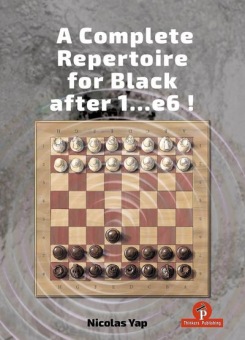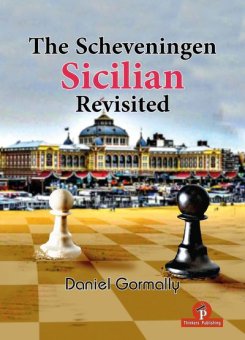An easy-to-learn chess opening that may look innocent, but is actually full of venom
One of the best and most popular ways to meet White’s first move 1.e4 remains the tried and tested 1…e5. After this move many games steer for the Ruy Lopez.
The Ruy is a perfectly fine choice for White, but one that requires you to study the countless different setups and follow the continuously evolving theory in that opening.
Karsten Müller and Georgios Souleidis present an alternative that is ideal for the average club player: a complete repertoire for White in the Italian Opening.
This modern version of the age-old ‘Giuoco Piano’, with the innocent looking pawn moves c2-c3 and d2-d3, is not only popular at club level, but is also regularly adopted by an increasing number of strong Grandmasters, including the very best, such as Magnus Carlsen and Anish Giri.
The set-up is easy to learn and understand, and theoretical novelties are much less important than the sound principles it is based on, such as the pawn push d3-d4 or bringing the b1 knight over to the kingside and into the attack.
The Slow Italian may look innocent, but is actually full of venom, because White has a lot of options to create aggressive play by making natural looking moves with his pieces.
Müller and Souleidis have created a solid weapon that every amateur chess player will delight in playing. They have included exercises to test your understanding.
Karsten Müller (1970) is a mathematician and a chess grandmaster from Hamburg. He is a prolific writer whose books include the bestselling 'Bobby Fischer: Career and Complete Games' and 'The Modern Scandinavian'. Georgios Souleidis (1972) is an International Master from Germany who works as a chess trainer and journalist. He has played the Slow Italian with good results himself.











